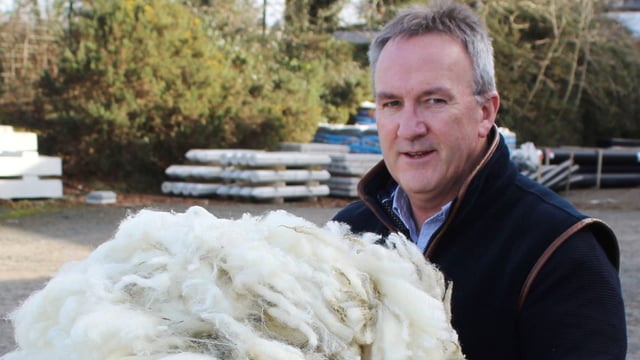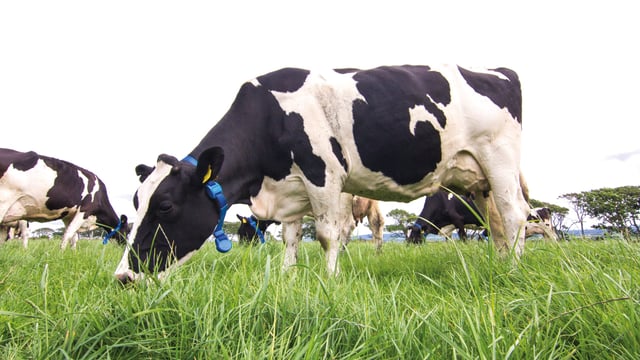Research project to focus on integrated pest management in crops
Teagasc is overseeing a new €5 million international research project examining the next generation of integrated pest management (IPM) in crops.
The Horizon Europe Project, called IPMorama, held its initial meeting today (Thursday, October 3) at Teagasc Ashtown Food Research Centre in Dublin.
The project will initially focus initially on rust disease in wheat, late blight in potato and pests and diseases in the grain legumes pea, soy and lupin.
Resistant varieties have the ability to significantly reduce the need for the application of pesticides, and to help prevent pests and diseases from developing resistance to plant protection products through overuse.
The four-year project, comprising 17 partner institutions from 10 different countries, is co-ordinated by Dr. Dan Milbourne of Teagasc’s crop science department in Oak Park, Carlow.
“The core idea of the IPMorama project is to develop what we call a whole “practice-ecosystem” for IPM using resistant varieties," Dr. Milbourne said.
The project will begin with developing the resources to breed resistant varieties more efficiently, and then on how best to use these varieties for maximum effect.
Researchers will continuously monitor how the diseases and pests are distributed in the landscape, developing tools and resources to track variants of these that evolve to overcome both variety resistance and plant protection products.
This information will be merged with variety distribution information, weather conditions and epidemiological models to develop “vulnerability maps” which will allow in-season prediction of specific risk levels to the durability of IPM control strategies utilising resistant crop varieties.
The final stage of the project will involve developing real world management practices based on these tools and resources, and scaling these all the way up from experimental plot level to farm level.
“The goal is to provide a framework of real world benefits for stakeholders all along the crop value chain.
“Breeders will benefit by being able to better target their varieties based on an understanding of potential emerging disease threats, growers will benefit from more secure production, consumers will benefit from more sustainable food, and policy makers will have an evidence-based framework for future policy on sustainable agriculture," Dr. Milbourne said.





